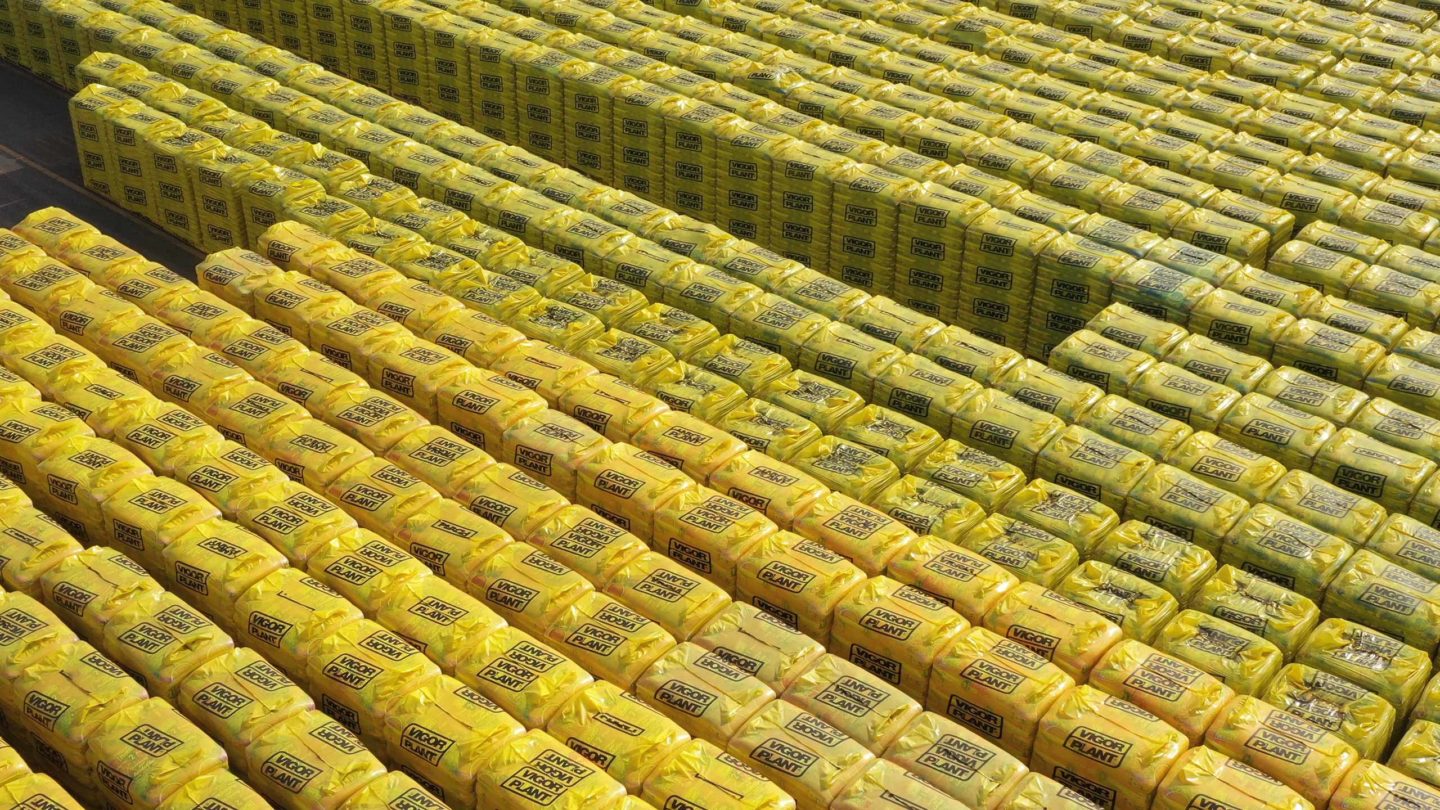Volumetric control
Here is how we calculate the volume, also known as the apparent density of the material.




Disintegration grill
A meshed sieve of 20, 40 or 60 mm, depending on the material, is placed at no more than 50 mm above the collar.
B
D
Collar
It is rigid, of the same diameter as the measuring cylinder and with a height of 75±2 mm.
B
D
Measuring cylinder
A rigid container, with a volume of 20±0.4 l, with a height/diameter ratio between 0.9:1 and 1:1. The volume of the cylinder, V1, must be known with an accuracy of 10 ml at 20°C. (Please note that the specific gravity of the water at 20°C is 997.15g). It is therefore not necessary to make any pressure-related correction.
B
D
Apparent density of the material (Da)
DA = ( M4 - M3 ) V1
M3 is the weight (mass) in grams of the measuring cylinder;
M4 is the weight (mass) in grams of the measuring cylinder and its content;
V1 is the volume in litres of the measuring cylinder.
FOR THE EVALUATION OF CUBE METERS, THE FOLLOWING PROCEDURE WILL BE USED: a 20-litre box of the product being sold is filled, making it pass through a screen with a 20, 40 or 60-mm mesh, depending on the type of product, without putting any mechanical pressure.
The net weight of the product contained in the 20-litre case, multiplied by 50 times, is equal to the weight of 1 m3.


